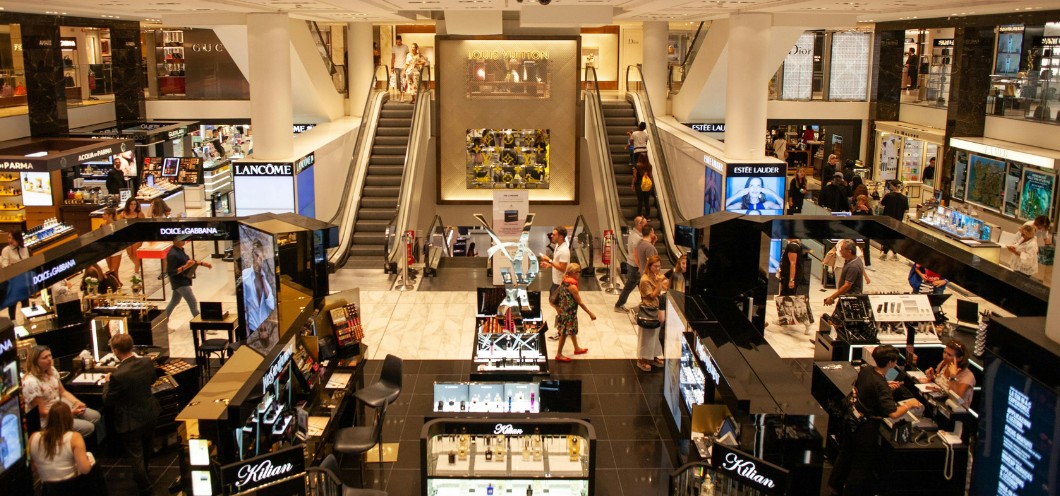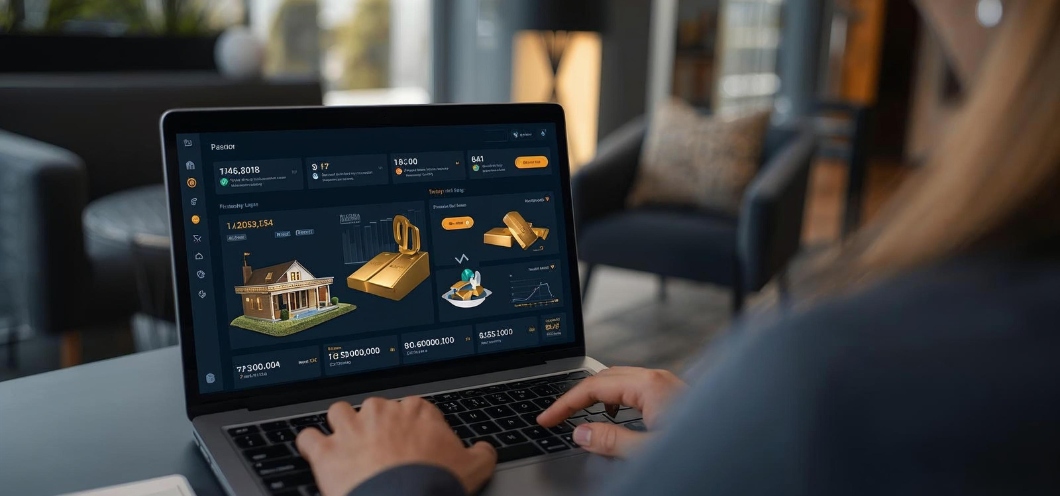- Vaishnavi K V
- 157
In a world where consumer preferences change faster than ever, retailers are constantly looking for new ways to stay relevant. One of the most exciting developments in recent years is the rise of pop-up shops. These short-term retail spaces are more than just a marketing trend—they are becoming a vital strategy for brands that want to innovate, engage, and grow.
What Makes Pop-Up Shops So Effective?
Pop-up shops are temporary retail experiences that allow brands to connect with customers in unique ways. Unlike traditional stores, they are flexible, experimental, and often tied to a specific theme or event. This makes them a powerful tool for retailers looking to test new markets, launch products, or create buzz.
Also Read: The Role of Mobile in the Retail Customer Journey
For example, a beauty brand may open a pop-up shop in a busy shopping district to showcase a new skincare line, while a tech company might set up a temporary store at a festival to let people try out its latest gadgets. These experiences leave lasting impressions that online ads simply can’t replicate.
Pop-Up Shops as Drivers of Retail Innovation
Customer Engagement
Pop-up shops provide immersive experiences that engage customers beyond simple transactions. Interactive displays, personalized services, and exclusive offers make shopping memorable.
Market Testing
They allow brands to test products or markets without committing to long-term leases. This flexibility reduces risk while providing real customer insights.
Brand Visibility
By appearing in unexpected locations, pop-up shops create excitement and curiosity. They often generate free publicity through social media, making them cost-effective marketing channels.
Omnichannel Strategy
Many brands use pop-ups to bridge the gap between online and offline. Customers may discover products in person at a pop-up, then continue buying them online later.
Why Pop-Up Shops Are the Future of Retail
The retail landscape is shifting toward experiences rather than just transactions. Consumers want to connect with brands on a deeper level, and pop-up shops deliver that connection. They are agile, creative, and highly adaptable to trends—from sustainability-themed events to high-tech interactive spaces.
As retail innovation continues, we can expect pop-up shops to evolve with technology, incorporating tools like AR, mobile payment solutions, and personalized recommendations. They won’t replace traditional stores or e-commerce, but they will remain a crucial piece of a forward-thinking retail strategy.
Final Thoughts
In 2026 and beyond, pop-up shops will remain one of the most important strategies for retail innovation. By combining flexibility, customer engagement, and market insights, they give brands the opportunity to stand out in competitive markets. For businesses looking to connect with consumers in meaningful ways, pop-up shops are not just temporary—they’re transformative.
Tags:
Pop Up ShopsRetail InnovationAuthor - Vaishnavi K V
She is an exceptionally self-motivated person with more than 3 years of expertise in producing news stories, blogs, and content marketing pieces. She uses strong language and an accurate and flexible writing style. She is passionate about learning new subjects, has a talent for creating original material, and has the ability to produce polished and appealing writing for diverse clients.
Popular Post





